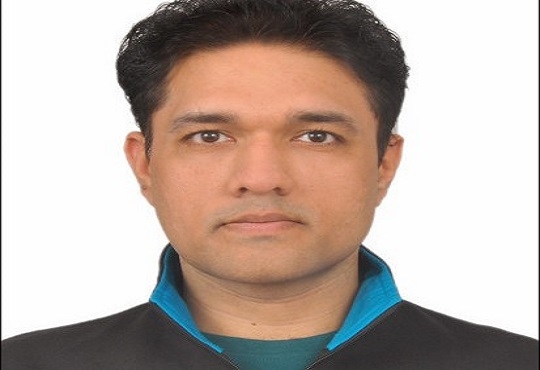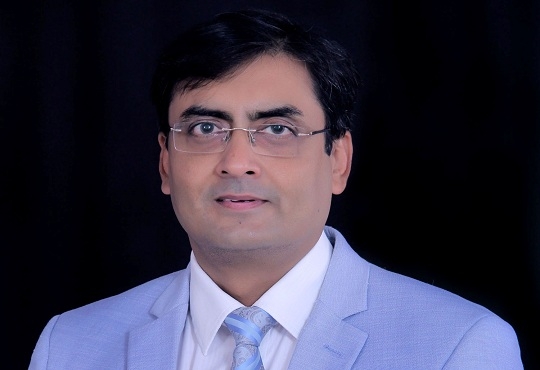
A Distributed Cloud Platform Is a Priority for Gaming IT Leaders
Pavel Despot, Sr. Product Marketing Manager, Akamai Technologies | Friday, 08 September 2023, 10:19 IST
 Pavel is an expert professional with over two decades of experience in designing and implementing critical and large-scale solutions for global carriers. In his previous role as a Principal Cloud Solutions Engineer, he led initiatives for application modernization and security with Akamai’s largest SaaS clients. Before joining Akamai, Pavel held leadership positions in prominent standards organizations such as the CTIA Wireless Internet Caucus (WIC), CDMA Developers Group (CDG), and the Interactive Advertising Bureau (IAB).
Pavel is an expert professional with over two decades of experience in designing and implementing critical and large-scale solutions for global carriers. In his previous role as a Principal Cloud Solutions Engineer, he led initiatives for application modernization and security with Akamai’s largest SaaS clients. Before joining Akamai, Pavel held leadership positions in prominent standards organizations such as the CTIA Wireless Internet Caucus (WIC), CDMA Developers Group (CDG), and the Interactive Advertising Bureau (IAB).
Online gaming is arguably the most latency-sensitive of all industries, which makes it especially vulnerable to the shortcomings of a legacy centralized cloud computing architecture, in which data and processing are geographically static while gamers are both worldwide and mobile. A 2023 survey of IT leaders worldwide offers insights on how building and deploying across the cloud continuum, from the core to edge, could address gaming’s issues with latency and more.
Embracing the distributed cloud
In an Akamai-commissioned study, The Great Cloud Reset, Forrester Consulting surveyed more than 400 global IT leaders about the evolving distributed cloud computing ecosystem and why they are embracing it. The primary takeaway from the respondents is clear: The centralized cloud of the past cannot support how applications are being built now and will be built in the future.
Build and deploy from the cloud to the edge
The respondents, including those from the gaming industry, emphasized the advantages of a distributed cloud computing architecture, which allows companies to easily build and deploy from the core to the edge.
Some of the specific benefits identified by IT leaders in the gaming industry are as follows:
Latency is lowest where your players live
A highly distributed cloud computing platform means applications and workloads are close to your end users — not to mention your employees. Which is why, as the study highlights, 80% of gaming industry respondents already have six or more workloads running at the edge. Being close to gamers lowers latency in addition to reducing data transfer out.
Localization helps meet regulatory requirements
Simultaneously, distributing applications and workloads helps companies meet stringent data localization requirements in a way that a centralized cloud cannot. Considering that 92% of respondents currently have six or more workloads that must run in multiple regions, and 68% have six or more workloads that must run in multiple jurisdictions, keeping data where users live is key to resolving what could be a major regulatory challenge.
Gaming’s priorities for cloud providers
With the issues of latency and data sovereignty at the forefront, gaming IT leaders have placed a new emphasis on finding cloud providers that can help them with localization. According to the study, their main priorities are to engage with a cloud provider that:
- Supports workloads across a range of cloud and edge environments (76%)
- Meets stringent data residency requirements (72%)
- Can run low-latency workloads across the globe (72%)
These are issues that a distributed cloud platform can address by allowing companies to build and deploy applications and workloads anywhere from core to edge. The industry has recognized those needs, and a shift toward cloud-native architecture is underway.
The benefits of “cloud native” workloads
In short, being cloud native is about portability. With the centralized model of cloud computing, workloads can become “trapped” within a single cloud, often because of proprietary tools and vendor lock-in. But with an open source distributed cloud, workloads can be cloud native and matched with the cloud platforms that run them best.As the new study notes, 80% of gaming IT leaders said that aligning the right cloud to the right workload will result in better performance and 74% said it will provide cloud cost optimization.
Adopting a cloud-native architecture is a practice that’s underway and accelerating, with 78% of gaming respondents saying a majority of their applications are mostly cloud native — and 98% declaring they expect their apps will be mostly cloud native within a year. That’s strong recognition of the need to have a cloud-native architecture.
Optimizing performance, reliability, and costs with a distributed cloud
As noted above, industry IT leaders say a distributed cloud will help them achieve better performance and cost optimization. Another benefit of being able to choose the right cloud for the right workload is that it can address the complexity of a multicloud strategy; that is, the difficulties of integration, scaling, maintenance, and so on.
Nearly 6 in 10 gaming leaders named complexity as their biggest frustration. But they also expect distributed cloud computing to help ease that frustration through advantageous workload placement. To get the most out of a multicloud deployment, 76% of gaming industry respondents said it’s essential that they’re able to choose the right cloud for the right workload. They expect to see increased revenue and improved reliability by engaging with cloud providers who can meet their requirements for building and deploying workloads and applications close to employees and users.
Improving user experience
It may sound counterintuitive, but distributing workloads across clouds will also pay off in terms of performance. When one leverages what specific clouds do best, they optimize workload efficiency. That, in turn, improves user experience. And in gaming, user experience is the be-all and end-all
CIO Viewpoint
Unlocking the Potential of Cloud and AI: A...
By Pratik Jain, Lead Business Analyst – Digital Transformation, ACS Global Tech Solutions
Importance of Zero-Trust Cloud Security in the...
By Sameer Danave, Senior Director Marketing, MSys Technologies
The Transition to a Cloud-First World
By Kapil Makhija, Vice President -Technology Cloud, Oracle India
CXO Insights
Balancing Generative AI Capabilities with Data...
By Murad Wagh, Director - Sales Engineering, Snowflake
AI Integration in Multi-Cloud and Edge...
By FaizShakir, VP & Managing Director – Sales, Nutanix
The Role of Hybrid Cloud in ERP Integration



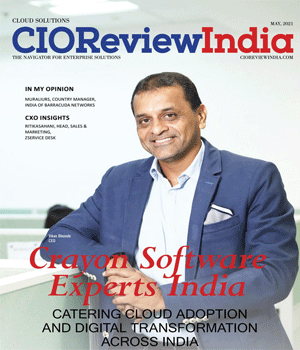
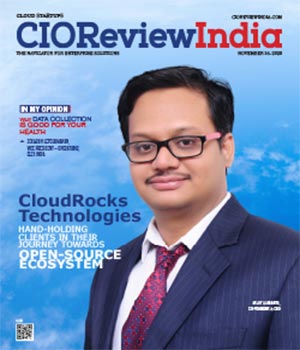
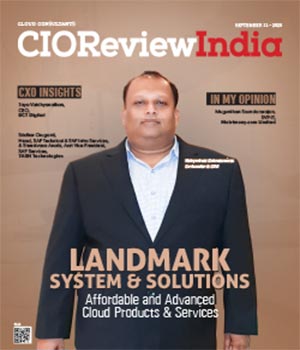
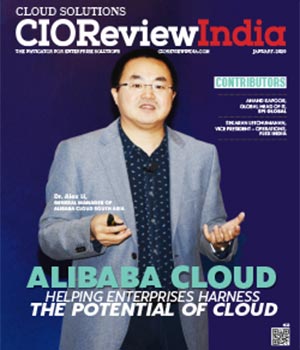
.jpg)
.jpg)
.jpg)
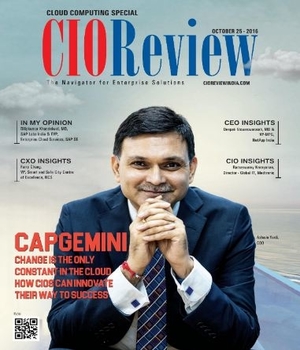
.jpg)
.jpg)
.jpg)
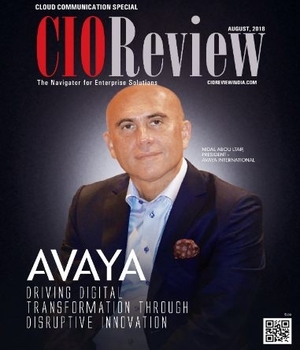
.jpg)
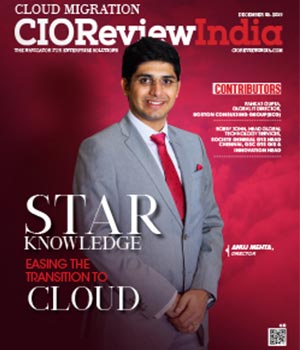
.jpg)
